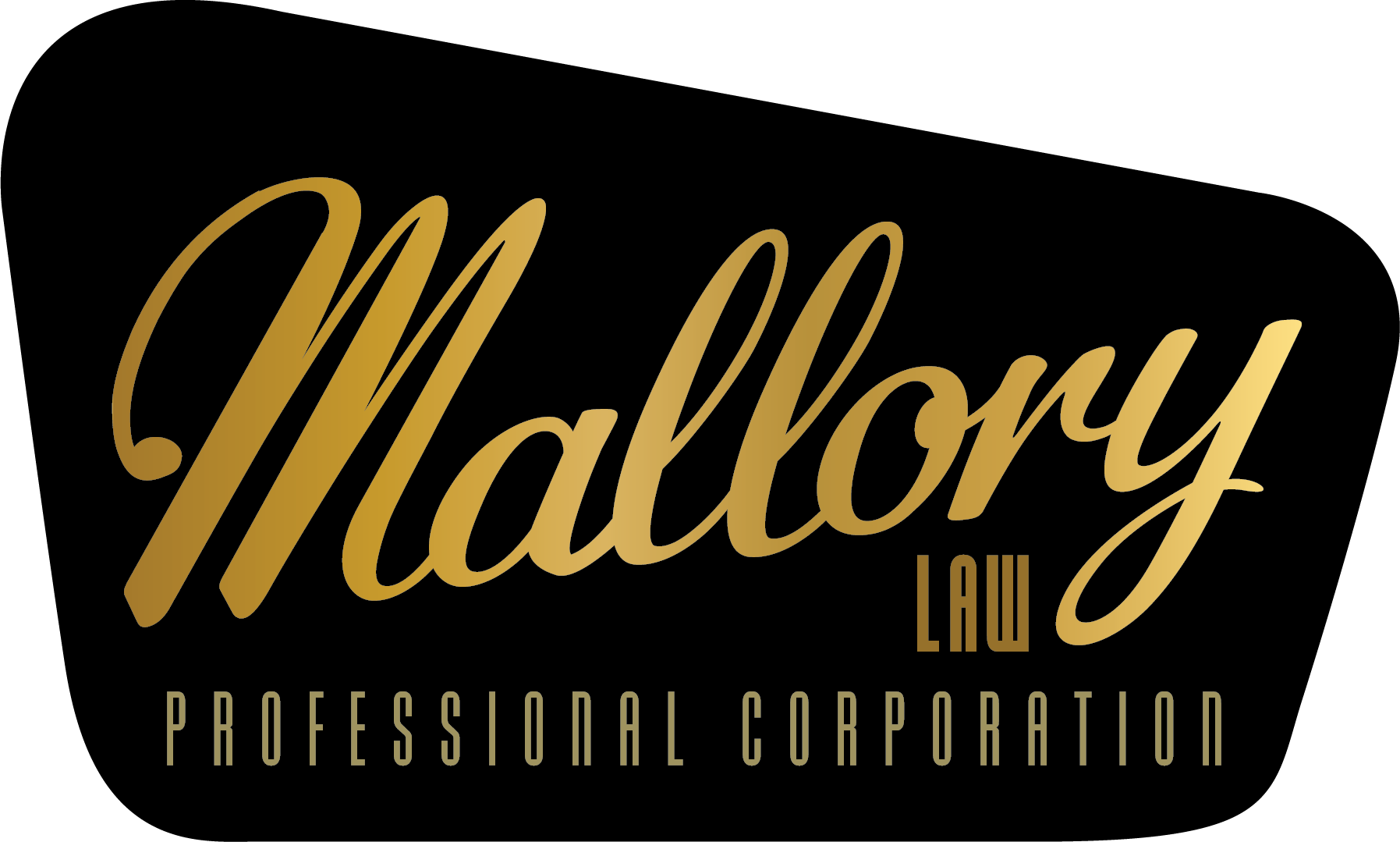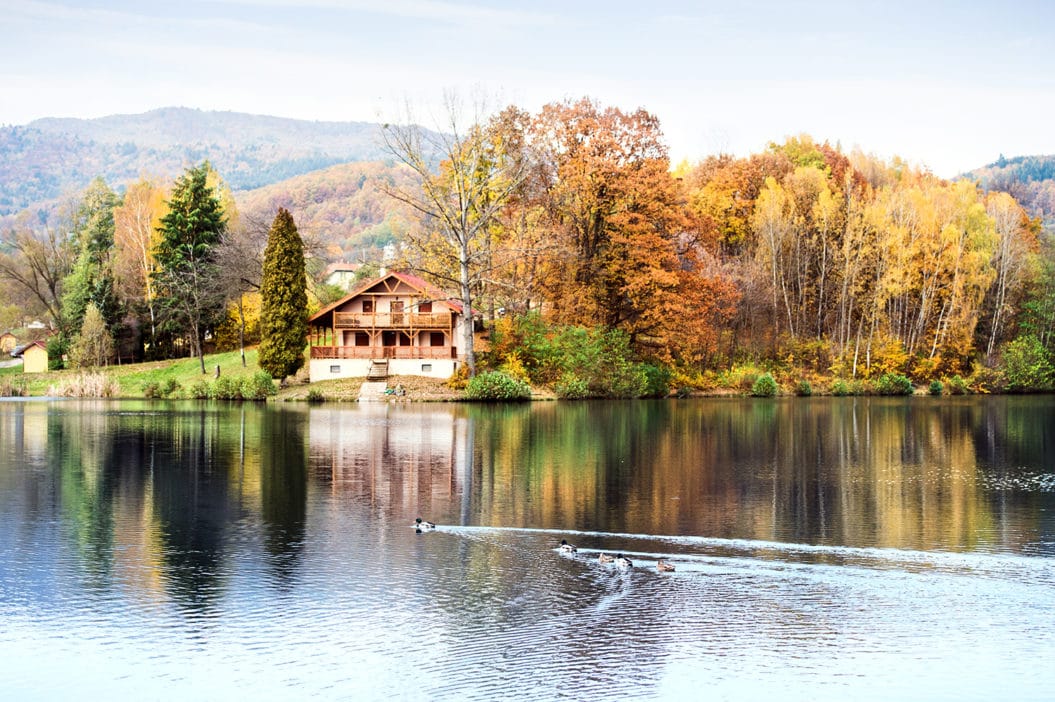Oh, what do to about the family cottage? This is often a head-scratcher for clients of mine working through their estate plan.
The same conundrum besets my clients with farm or recreational properties… it doesn’t need to be a family cottage, per se. The common theme is that there is a parcel of real estate that holds a unique and special value, which often spans generations, and for which there are barriers to replicating, such as currently high property costs or limited (or no) availability of similar properties in today’s market.
Chatham-Kent is uniquely situated between two outstanding bodies of water, Lake Erie and Lake St. Clair, and fertile lands in between. Chances are, you or someone you know has a family cottage, farm, or recreational property in this area, and sooner or later will need to face the question of “What do to with the family land?” as it relates to the next generation.
Time Sharing
A common idea for the succession of the family cottage is to transfer ownership to all the children, with conditions that everyone agree to an equal time-sharing arrangement. For example, equal blocks of weeks are allocated amongst the children from eldest to youngest, or numbers are drawn from a hat in order to determine the week selection priority.
Although this may seem like a fair way to deal with the family cottage, in my experience, and from the stories I have heard from clients whose family cottage was subject to such arrangements, these time-sharing schemes rarely end well. Often there is that free-wheeling sibling, cousin, aunt, or uncle who never quite carries their fair share of the responsibility, or who over-uses their privileges. Think long and hard before choosing this as your method for dealing with the family property; it may work well for some families, but more often it will not.
Option to Purchase
An option that usually works well is to provide the ability for a certain child to purchase the cottage or family property from your Estate, before it is offered for sale on the public market. Typically there is one child in particular who has shown a distinct interest in the property, or who has contributed more “sweat equity” to the property in relation to its maintenance and upkeep. Keep in mind that it does not necessarily need to be a child who is provided with the option to purchase, it could be a neighbour, close friend, or another family member who has a particular interest in the property.
You can also provide for a sequence of priority in such options to purchase. For example, child one gets the first option, but if child one elects not to purchase the property, then child two is given the second option, and so on.
These options are drafted so that certain terms, such as how to determine the purchase price, or setting the timeline for exercising the option, are already set out in the Will, and therefore such negotiations are not left to the children to squabble over.
If you want all of your children to have an equal priority option to purchase the family cottage, you may prefer a “sealed bid” arrangement, whereby the highest bidder amongst the children purchases the property. This of course raises its own challenges. For example, the child with the greatest financial resources may not actually be the best suited owner, or caretaker, of the family cottage.
Trust for Property Until Children Reach a Certain Age
What to do if your children are just too young at this point to make decisions regarding how to deal with the family cottage? Perhaps your children are infants, or maybe they are young adults still navigating the challenges of college or university, or newly entering the workforce, or starting their own family, and therefore you want to bide some time for your children to mature and settle into their own lives before being faced with such weighty decisions.
In these scenarios a hybrid of the time-sharing and option to purchase ideas may be appropriate. For example, you can stipulate that the family cottage is to be held in the estate until the youngest child attains a certain age, for example age 25. During this time all of the children share the use and responsibility for upkeep of the cottage. Upon the youngest child attaining the age of 25, the option to purchase mechanism is triggered.
Even if your children are all adults and settled into their own lives, you may want to allow for your children to have a certain period of time (often a few years), from the time of your passing to try-out the cottage arrangement before triggering the option to purchase. Sometimes the child who you might have thought would have the most interest in the cottage at the time you prepare your Will, may not actually be that interested a few short years after your passing.
Tax Considerations
Typically, the cottage, farm, or recreational property will attract capital gains tax at the time of death of the owner or disposition of the property to a buyer. An often used planning technique is to purchase life insurance in order to ensure there is cash available in order to alleviate such tax consequences. It is recommended that readers seek tax advice from a chartered accountant prior to finalizing plans for the succession of such properties.
There is no one-size-fits-all for dealing with the succession of the family cottage. The most important thing is that you think it through before it’s too late, and determine what arrangement will best fit your family. In my experience the best thing you can do for your children is to decide as many factors as possible, such has a mechanism for determining purchase price, or order of priority amongst the children, rather than leaving such negotiations up to your family after your death. The too often-used comment of “it won’t be my problem, I’ll be gone” is only asking for problems to arise amongst your children and their families down the road.

